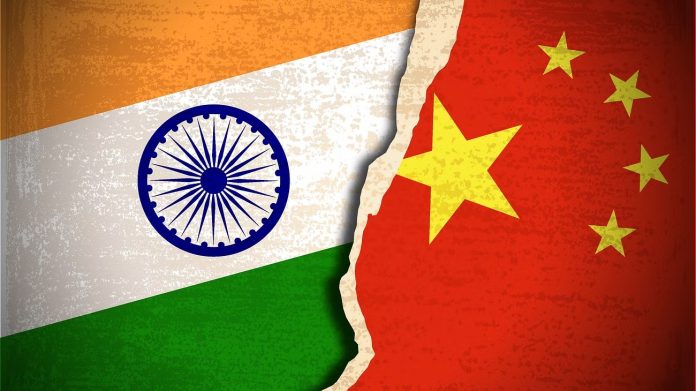India has announced the Arunachal Pradesh Frontier Highway (AFH), officially designated NH-913. Spanning 1,748 km and estimated to cost ₹27,000 crores, the highway will be built approximately 20 kilometres away from the Line of Actual Control (LAC) and the McMahon Line, close to the India-Tibet-China-Myanmar border. Once completed, it is set to be one of India’s largest strategic corridors, passing through the most contested region between India and China in Arunachal Pradesh. The project is divided into nine packages, connecting the Bomdila Airstrip Advanced Landing Ground (ALG) and Headquarters (HQ) in the northwest to the Vijaynagar Airstrip ALG and HQ in the southeast. These highway strips will connect not only the most remote areas of Arunachal Pradesh, which are also claimed by China, but are of significant strategic importance to India, linking several Indian military headquarters.
Tuting, a region that has often seen border incursions from the Chinese People’s Liberation Army, is a small town situated on the banks of the Brahmaputra, 34 km from the LAC and roughly 70 km from the Mainling County of China, expanding into Indian territory according to Chinese maps. This area was at the centre of a controversial case in 2021 involving the construction of Chinese military villages. An important factor here is that the Tuting Advanced Landing Ground, an army airstrip in the region, is used to bring in vital supplies from Assam. It is now connected to various other military headquarters: Bomdila Airstrip ALG & HQ (Northwest End), which acts as a major logistical support and operations hub and includes Nafra HQ, Sarli HQ, Huri Helipad ALG & HQ, Nacho HQ, Mechuka Airstrip ALG & HQ, Monigong HQ, Hunli HQ, Hayuliang Airstrip ALG & HQ, Chenquenty, Hawai HQ and the Miao-Kharsang HQ where the Assam Rifles are based. Complimented by the Trans-Arunachal Highway, NH-913 enhances connectivity across the state and facilitates movement for Indian defence forces, serving as a countermeasure against potential Chinese incursions into Indian territory.
On the Chinese side, there have been routine objections to Indian leaders’ visits to the state, the establishment of military outposts and infrastructure along the disputed border, and incursions into Indian territory, often under the pretext of infrastructure development or border patrols. China has attempted to reinforce its claims to disputed territories while testing India’s resolve, drawing Indian condemnation with the release of Chinese standard maps in 2023 that included Arunachal Pradesh and Aksai Chin as part of the Chinese territory. China’s Foreign Ministry expressed that this was “China’s exercise of sovereignty,” as a means of showcasing the legitimacy of its presence in the region.
The inauguration of the Sela tunnel also highlights the infrastructure strategies adopted by India to counter this long-contested situation. The road tunnel is at an elevation of 3,000 metres (9,800 feet). During the 1962 Sino-Indian War, Maha Vir Chakra awardee Jaswant Singh Rawat held off over 300 Chinese soldiers with the help of two local girls named Sela and Noora for over 72 hours until the Chinese overran his position. The Sela Tunnel is named after Sela, commemorating her sacrifice in the Battle of Nuranang. Spanning 13,000 feet, it is the longest bi-lane tunnel in the world, bypassing the snow-covered Sela Pass, significantly reducing travel time from Guwahati in Assam to strategically located Tawang in Arunachal Pradesh, and facilitating the swift movement of troops, weapons, and supplies along the Sino-India border. In March 2024, the Chinese Defence Ministry reiterated its claim over Arunachal Pradesh, calling it an “inherent part of China’s territory.” This came after PM Narendra Modi visited Arunachal Pradesh to inaugurate the Sela Tunnel.
These infrastructural developments challenge Chinese territorial claims over Arunachal Pradesh. Although the Eastern Command of the Indian Army has asserted that there has been no Chinese incursion in Arunachal Pradesh since 1959, both countries continue to monitor the region closely. It remains a contentious issue in Sino-Indian relations, with competing territorial claims and occasional military activity. The Sela Tunnel and NH-913, both previously objected to by the Chinese establishment, can be seen as India’s way to counter China’s salami-slicing tactics. This infrastructure drive aims to cement India’s legitimacy by building a fort-like highway that will act as a fence, connecting the military headquarters across the LAC and McMahon Line,
and providing better movement of troops and weaponry to various forward locations along the Chinese border and ensuring rapid response to hostile actions.









































